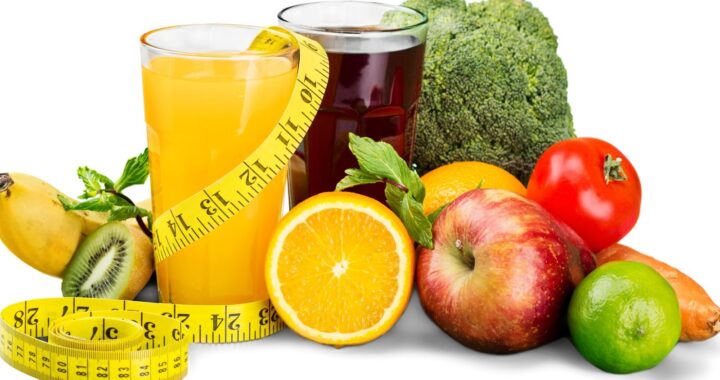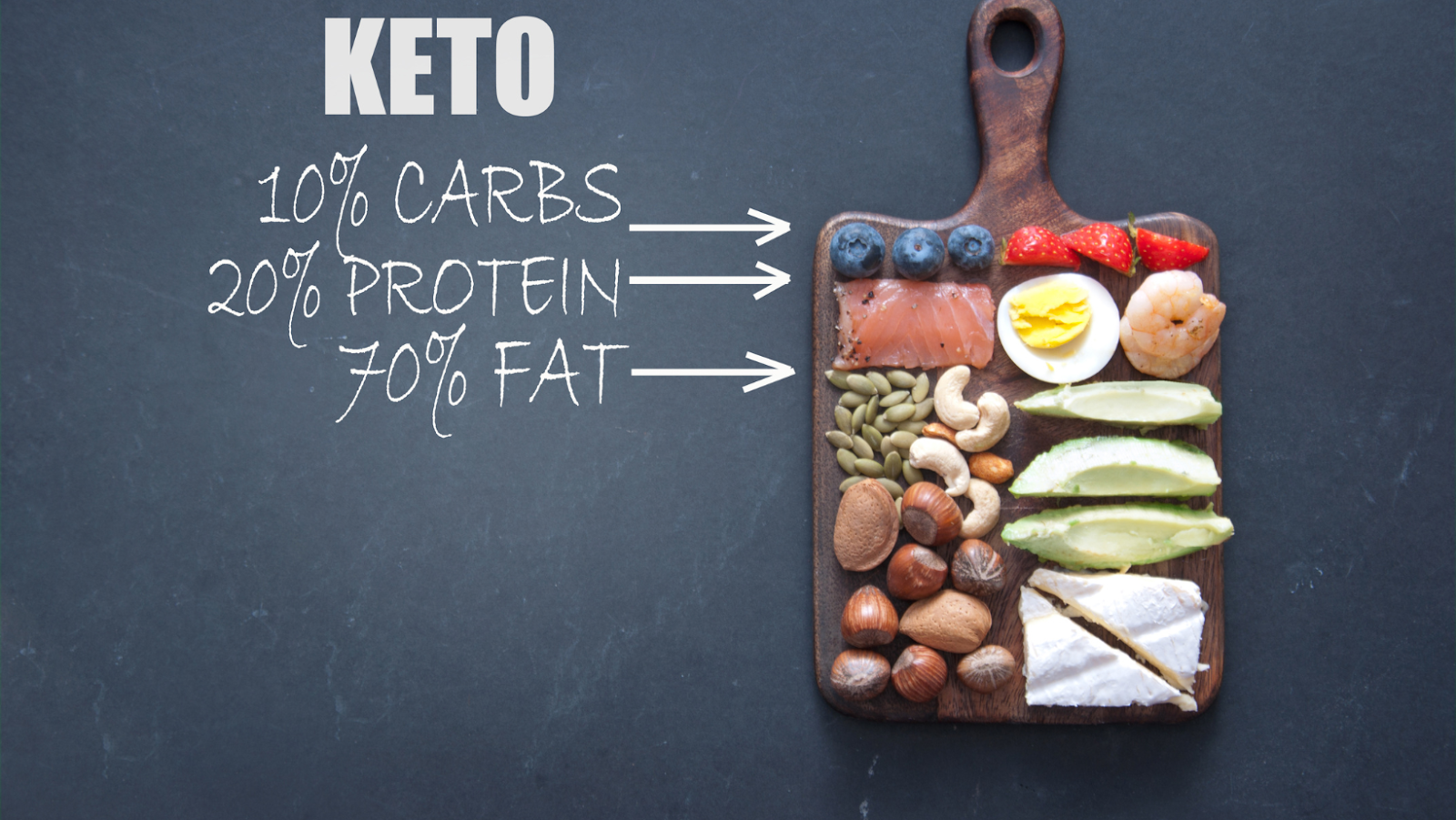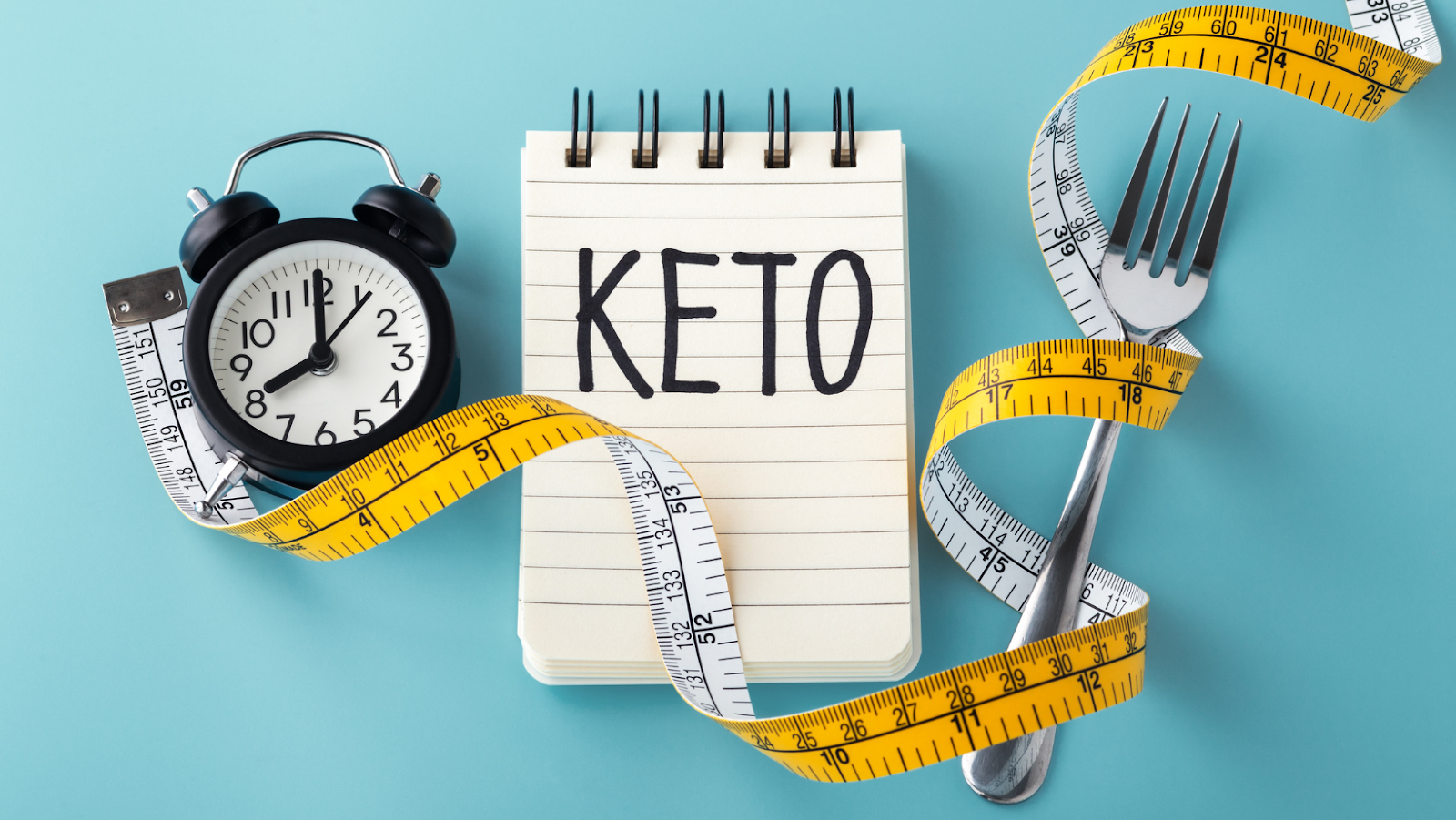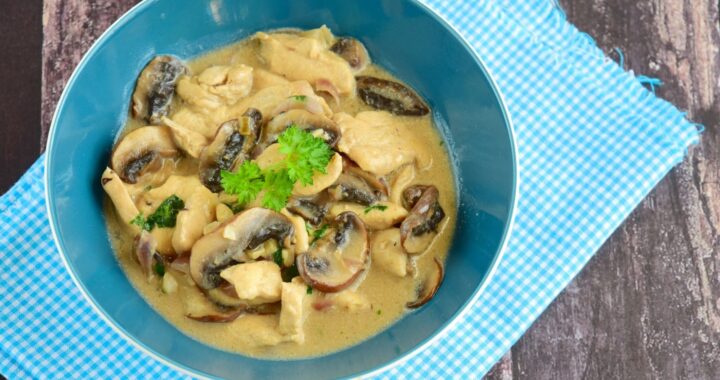Eat Healthy Noodles

My grandmother always used to say, “A bowl of noodles a day keeps the doctor away!” And she was right – noodles are healthy, delicious, and easy to make. In this blog, I’ll share my favorite healthy noodle recipes with you. From hearty vegetable-packed soups to light and refreshing salads, there’s something for everyone. So pull up a chair and get ready to slurp your way to good health!
Introduction – what are healthy noodles and why you should eat them
We all know that noodles are a quick and easy meal, but they are often seen as unhealthy. This is because many noodles are made with refined flour and soaked in oil, which can increase the calorie content. However, there are many types of noodles that are healthy and can be a part of a balanced diet.
Healthy noodles are usually made from whole grains, such as buckwheat or brown rice. They are often enriched with vitamins and minerals, and some even contain prebiotics or probiotics. Prebiotics are a type of fiber that promotes the growth of healthy bacteria in the gut, while probiotics are live bacteria that offer health benefits.
Including healthy noodles in your diet has many potential benefits. They may improve digestion, help you lose weight, and reduce the risk of chronic diseases like heart disease and type 2 diabetes.
If you’re looking for a quick and easy meal that’s also healthy, try one of these healthy noodle recipes.
Types of healthy noodles – whole wheat, buckwheat, rice noodles etc.
When we think of noodles, we often think of unhealthy, greasy take-out. But noodles can actually be a healthy, delicious and easy-to-prepare meal. There are many different types of noodles, made from different grains and flours, that offer different nutritional benefits.
Whole wheat noodles are made from whole wheat flour and are a good source of fiber. They have a chewy texture and work well in hearty dishes like stroganoff and pasta Carbonara.
Buckwheat noodles are made from buckwheat flour and are a good source of protein. They have a slightly nutty flavor and work well in soups and salads.
Rice noodles are made from rice flour and are a good source of carbohydrates. They have a light and delicate flavor and work well in Asian dishes such as pad thai and pho.
Soba noodles are made from buckwheat flour and wheat flour and are a good source of protein and fiber. They have a nutty flavor and work well in soups, salads, and stir-fries.
Udon noodles are made from wheat flour and water and are a good source of carbohydrates. They have a thick, chewy texture and work well in hearty dishes like udon soup.
Nutritional value of healthy noodles – vitamins, minerals, antioxidants etc.
When it comes to noodles, we often think of them as being unhealthy and fattening. But this isn’t always the case – there are many types of healthy noodles out there that are packed full of nutrients and antioxidants. In fact, some noodles even have more health benefits than other types of pasta.
Here are some of the most nutrients-rich noodles that you can add to your diet:
-Black bean noodles: These noodles are made from black beans, which are a great source of protein, fiber, vitamins, and minerals. They’re also low in calories and fat.
-Buckwheat soba noodles: These Japanese noodles are made from buckwheat, which is a whole grain that’s packed with nutrients like protein, fiber, vitamins B6 and E, magnesium, phosphorus, zinc, and copper.
-Edamame noodles: Edamame is a type of green soybean that’s rich in protein, fiber, vitamins K and C, calcium, iron, manganese, and magnesium. These nutrients make edamame an excellent choice for vegetarians or vegans who want to get all the essential nutrients their body needs without eat meat.
-Konjac root noodles: Konjac root is a type of dietary fiber that’s low in calories but high in glucomannan – a soluble fiber that has been shown to help with weight loss by reducing appetite and promoting fullness. Konjac root noodles are also a good source of calcium.
These are just some of the many healthy noodle options available – so there’s no excuse not to include them in your diet!
The benefits of eating healthy noodles – weight loss, lower cholesterol etc.
Eating healthy noodles is a great way to lose weight, lower cholesterol and improve heart health. noodles are low in calories and fat, and they’re a good source of fiber. They also contain important vitamins and minerals like iron, folate and potassium.
Healthy noodles can be made with whole wheat flour, brown rice flour or quinoa flour. These types of noodles are higher in fiber and nutrients than white noodles. They also take longer to digest, so you’ll feel fuller after eating them.
If you’re interested in trying healthy noodles, there are many recipes available online. Some popular recipes include healthy ramen noodles, chicken noodle soup and stir-fry dishes.
Healthy noodles recipe
There are many healthy noodle recipes that are easy to make and tasty to eat. Whether you are looking for a vegetarian, chicken, shrimp or other option, there is a healthy noodle recipe that will fit your needs.
Some of the most popular healthy noodle recipes include:
-Vegetarianhealthy noodles with vegetables
-Chickenhealthy noodles with chicken
-Shrimphealthy noodles with shrimp
-Otherhealthy noodles with other ingredients such as beef, pork, lamb etc.
Tips for cooking healthy noodles – the best way to cook them for maximum nutrition
Cooking noodles is generally a quick and easy process, but there are a few tips and tricks that will help you to cook them in the healthiest way possible. This guide will teach you how to cook noodles so that they retain the most nutrients and have the best flavor.
-Use the right amount of water. When cooking noodles, it is important to use the right amount of water. If you use too much water, the noodles will be overcooked and mushy. If you use too little water, the noodles will be undercooked and hard. The best way to determine the perfect amount of water is to look at the noodle package instructions.
– Cook noodles at a rolling boil. Bring your pot of water to a rolling boil before adding the noodles. This will help to ensure that they cook evenly.
– Do not overcook your noodles. Noodles are best when they are cooked al dente, which means “to the tooth” in Italian. This means that they should be cooked until they are firm, but not hard. Depending on the type of noodle, this can take anywhere from 3-10 minutes.
– Drain your noodles well. Once your noodles are cooked, it is important to drain them well so that they do not continue cooking in the hot water. You can also rinse them with cold water to stop the cooking process if necessary.
– Use healthy sauces and toppings. Once your noodles are cooked, you can add healthy sauces and toppings as desired. Some good options include olive oil, garlic, vegetables, and lean protein sources such as chicken or shrimp.
How to incorporate healthy noodles into your diet – ideas for breakfast, lunch, dinner and snacks
If you’re looking for a healthy alternative to pasta, then noodles made from vegetables are a great option. They’re low in calories and carbs, and they’re a good source of fiber.
There are many different ways that you can incorporate healthy noodles into your diet. For example, you could:
-Have them for breakfast with eggs and vegetables
-Have them for lunch with a salad or in a soup
-Have them for dinner with chicken or fish
-Use them as a healthy snack between meals
Here are some recipes that include healthy noodles:
-Vegetable noodles with egg and bacon
-Zucchini noodle salad with avocado dressing
-Butternut squash noodle soup
-Chicken and vegetable noodle stir fry
-Chocolate peanut butter protein noodles
The importance of reading labels when buying healthy noodles – what to look for
When you are trying to buy healthy noodles, it is important to read the labels. This will help you to make sure that you are getting what you expect. There are a few things that you should look for when you are reading labels on healthy noodles.
The first thing that you should look at is the calories per serving. You want to make sure that the noodles that you are eating are not going to add a lot of extra calories to your diet. If they have a lot of calories, then they are probably not as healthy as they claim to be.
The next thing that you should look at is the sodium content. You want to make sure that the noodles do not have too much sodium in them. If they have a lot of sodium, then they will retain water and could cause you to become bloated.
The last thing that you want to look at is the fat content. You want to make sure that the noodles do not have too much fat in them. If they have a lot of fat, then they will not be as healthy as they claim to be.
FAQs about healthy noodles – common questions and answers
1.What are the benefits of eating healthy noodles?
There are many benefits to eating healthy noodles, including helping to regulate blood sugar levels, improve digestion, reduce inflammation, and provide essential vitamins and minerals.
2.What makes noodles healthy?
A healthy noodle is typically made with whole grains, such as brown rice or quinoa, which are high in fiber and nutrients. They may also be fortified with vitamins and minerals.
3.How many calories are in a serving of healthy noodles?
A typical serving of healthy noodles contains around 200-250 calories. However, this will vary depending on the type of noodle used and the ingredients added.
4.Can I eat healthy noodles if I am on a diet?
Yes, you can definitely eat healthy noodles if you are on a diet. Just be sure to check the calorie content and choose a low-calorie option if you are watching your weight.
A summary of the benefits of eating healthy noodles
If you’re looking for a healthy alternative to traditional pasta, look no further than healthy noodles. Made from a variety of natural ingredients like buckwheat, quinoa, and rice, healthy noodles are a great source of complex carbohydrates, fiber, and protein. They’re also low in calories and fat.
Healthy noodles are a great option for those who are trying to lose weight or maintain a healthy weight. They’re also a good choice for athletes and bodybuilders who need complex carbohydrates for energy. And because they’re low in calories and fat, they can help you stay within your daily calorie budget.
If you have diabetes or other health conditions that require you to limit your intake of simple carbohydrates, healthy noodles are a good option for you. Their high fiber content helps to slow the absorption of sugar into your bloodstream, helping to keep your blood sugar levels under control.
Whether you’re looking for a healthier alternative to traditional pasta or just want to add something new and delicious to your diet, healthy noodles are a great choice. There are many different brands and varieties available, so you’re sure to find one that you love.

 Fad Diets and Long-Term Solutions: A History of Dieting Trends
Fad Diets and Long-Term Solutions: A History of Dieting Trends  5 Weight Loss Myths
5 Weight Loss Myths  The Secret to Getting More Energy and Endurance When you are on a Keto Diet
The Secret to Getting More Energy and Endurance When you are on a Keto Diet  The Ultimate Guide to Keto Carrots
The Ultimate Guide to Keto Carrots  The Healthiest Fruit For A Keto Diet
The Healthiest Fruit For A Keto Diet  Chicken and Mushrooms are The Perfect Combination for A Healthy Meal
Chicken and Mushrooms are The Perfect Combination for A Healthy Meal